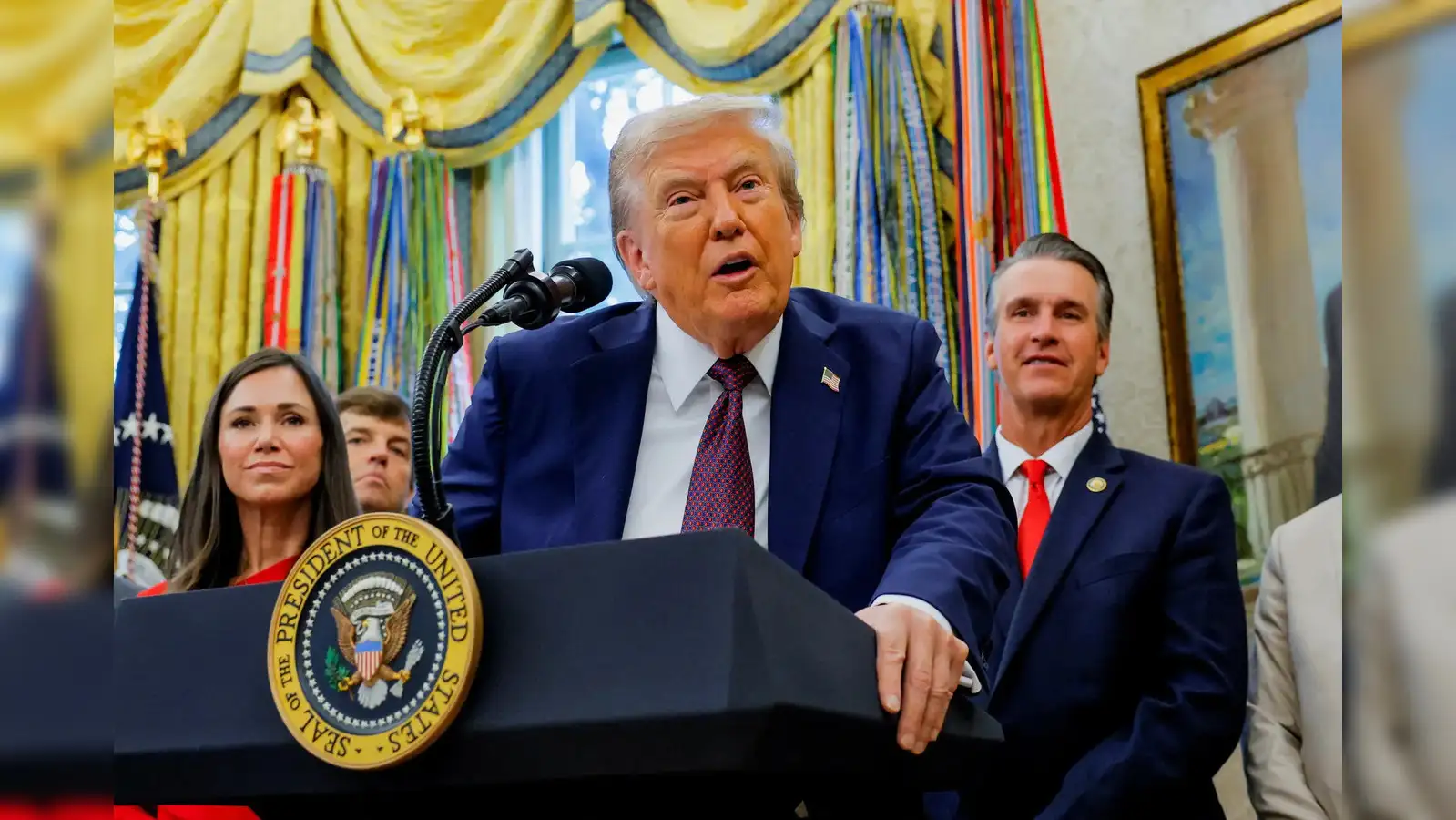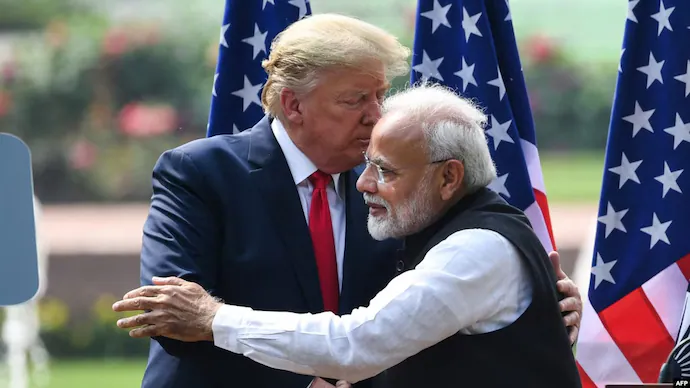A Week of Contradictions in US-India Relations
In early September, President Donald Trump delivered a series of conflicting messages about India, raising questions about the stability of US-India ties at a time of heightened trade disputes and shifting global alliances. Within the span of just two days, Trump swung from declaring that India had aligned itself with China and Russia to reaffirming his personal friendship with Prime Minister Narendra Modi.
This dramatic reversal highlights both the volatility of Trump’s foreign policy style and the strategic pressures shaping Washington’s relationship with New Delhi.
Modi’s SCO Summit Visit Sparks Debate

The controversy began after Prime Minister Modi attended the Shanghai Cooperation Organization (SCO) summit in Tianjin, China, from August 31 to September 1 — his first visit to China in seven years. Images from the event showed Modi warmly engaging with Chinese President Xi Jinping and Russian President Vladimir Putin. The display of camaraderie was widely interpreted as a signal of strengthening ties among the three powers.
Trump seized upon these optics. On September 5, he posted a provocative statement on Truth Social: “Looks like we’ve lost India and Russia to deepest, darkest China. May they have a long and prosperous future together!” The remark, paired with an image of Modi alongside Xi and Putin, ignited a wave of reactions across diplomatic and media circles.
Tariffs Deepen Tensions
The timing of Trump’s outburst coincided with rising trade hostilities between Washington and New Delhi. Over the summer, the Trump administration had imposed steep tariffs on Indian goods, starting at 25 percent in August before escalating to 50 percent in September.
Officials justified the measures by citing India’s continued purchases of discounted Russian oil and what they described as New Delhi’s reluctance to open markets for US products. Commerce Secretary Howard Lutnick publicly reinforced the hard line, urging India to “choose which side it wants to be on.” Analysts described the situation as the most serious trade rift between the two countries in decades, potentially affecting more than $48 billion worth of Indian exports.
Trump Backtracks Within Hours

Yet by September 6, Trump appeared to soften his rhetoric. Speaking to reporters, he denied that India had been “lost” to China, instead emphasizing his personal rapport with Modi. “I’ll always be friends with Modi, he is a great Prime Minister… India and the United States have a special relationship. There is nothing to worry about,” Trump insisted.
The president explained that his frustration stemmed largely from India’s continued oil imports from Russia but stressed that the bilateral relationship remained strong. “I get along very well with Prime Minister Modi, he’s great. I just don’t like what he’s doing at this particular moment,” Trump clarified.
Modi’s Diplomatic Response
Prime Minister Modi responded tactfully to Trump’s revised comments. In a post on X (formerly Twitter), he wrote: “Deeply appreciate and fully reciprocate President Trump’s sentiments and positive assessment of our ties. India and the US have a very positive and forward-looking Comprehensive and Global Strategic Partnership.”
External Affairs Minister S. Jaishankar also underscored the enduring significance of the relationship, noting that Modi “attaches enormous importance” to close cooperation with the United States.
Analysts See Strategic Risks
While the exchange ended with gestures of reconciliation, experts cautioned that the underlying tensions remain unresolved. The hefty tariffs remain in effect, and India continues to diversify its energy supplies by purchasing from Russia — a move that Washington views as undermining efforts to isolate Moscow.
Moreover, Modi’s active participation in organizations such as BRICS and the SCO signals India’s intent to maintain a multi-aligned foreign policy rather than tilt exclusively toward Washington. Analysts argue that Trump’s unpredictable rhetoric risks pushing India closer to China and Russia, the very outcome US policymakers hope to prevent.
The SCO summit in particular showcased China’s effort to position itself as a stabilizing alternative for countries facing pressure from US trade measures. With Xi, Modi, and Putin presenting a united front, the optics alone suggested a shifting balance in global power dynamics.
Economic Stakes for India
The trade dispute carries significant economic consequences. Indian exporters face rising costs from the tariffs, with sectors such as textiles, pharmaceuticals, and information technology particularly vulnerable. India’s finance ministry defended the government’s stance, stressing the need to prioritize national energy security over external pressure. “Whether it’s Russian oil or anything else, it’s our decision where we buy from,” a ministry spokesperson said, calling Trump’s approach “disrespectful to Indians.”
A Relationship Under Strain
Despite conciliatory words, the week’s events underline the challenges of managing US-India relations in a rapidly evolving geopolitical environment. Trump’s transactional, tariff-driven approach collides with India’s long-term strategy of maintaining autonomy in its global partnerships.
The volatility of the president’s statements — from declaring India “lost to China” to affirming an “unbreakable friendship” — reflects broader uncertainties in US foreign policy under his leadership. For India, balancing its ties with Washington while safeguarding its energy and strategic interests remains a delicate task.
As both nations navigate these tensions, the future of the partnership may depend on whether pragmatic diplomacy can outweigh the unpredictability of political rhetoric.
Sources: The New York Times

